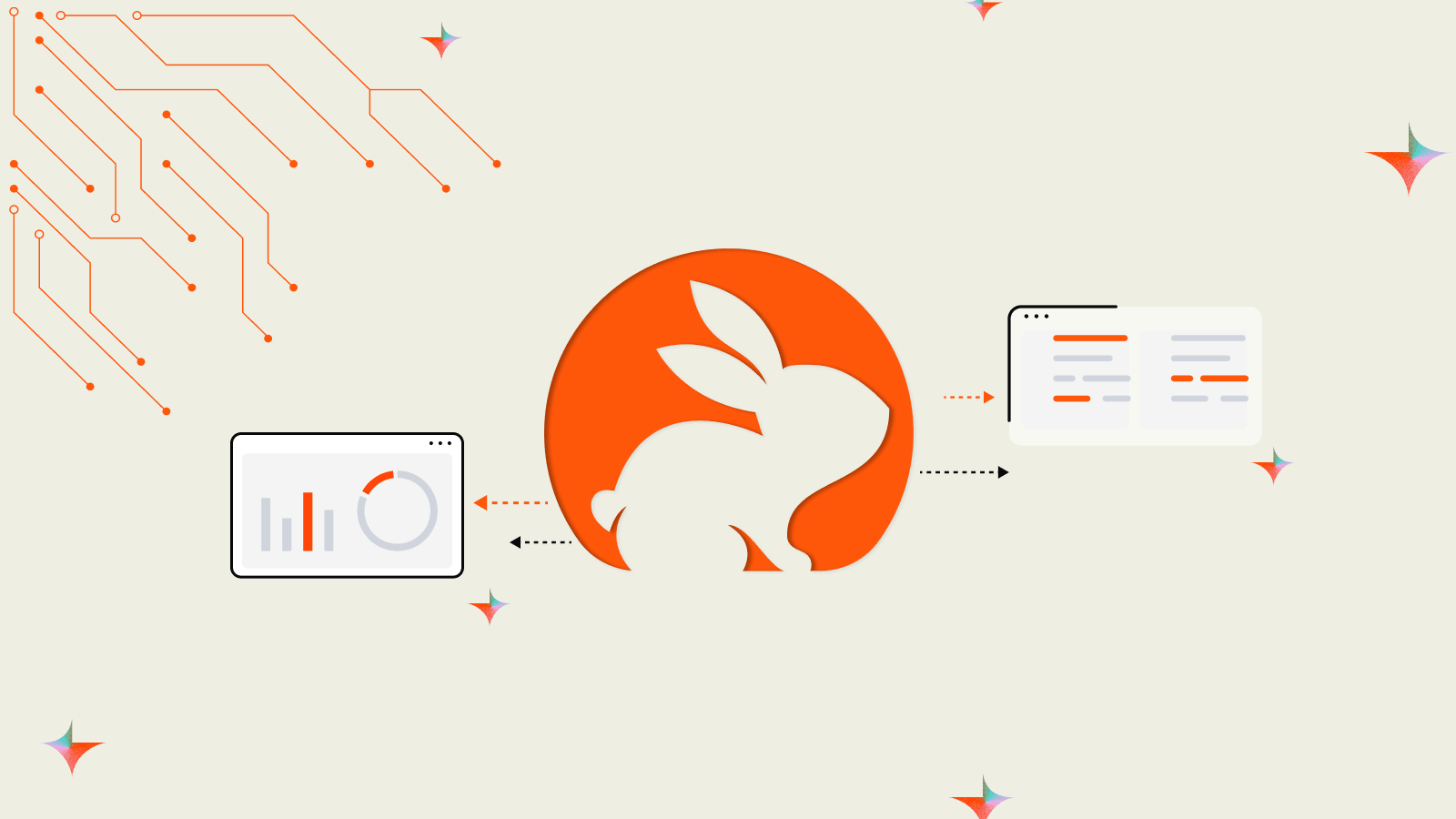
Code Reviews Made Easy: How to Improve Code Quality
by 

Aravind Putrevu
Product
English
April 16, 2024
8 min read
April 16, 2024
8 min read

Cut code review time & bugs by 50%
Most installed AI app on GitHub and GitLab
Free 14-day trial

Aravind Putrevu
April 16, 2024
8 min read
April 16, 2024
8 min read

Cut code review time & bugs by 50%
Most installed AI app on GitHub and GitLab
Free 14-day trial